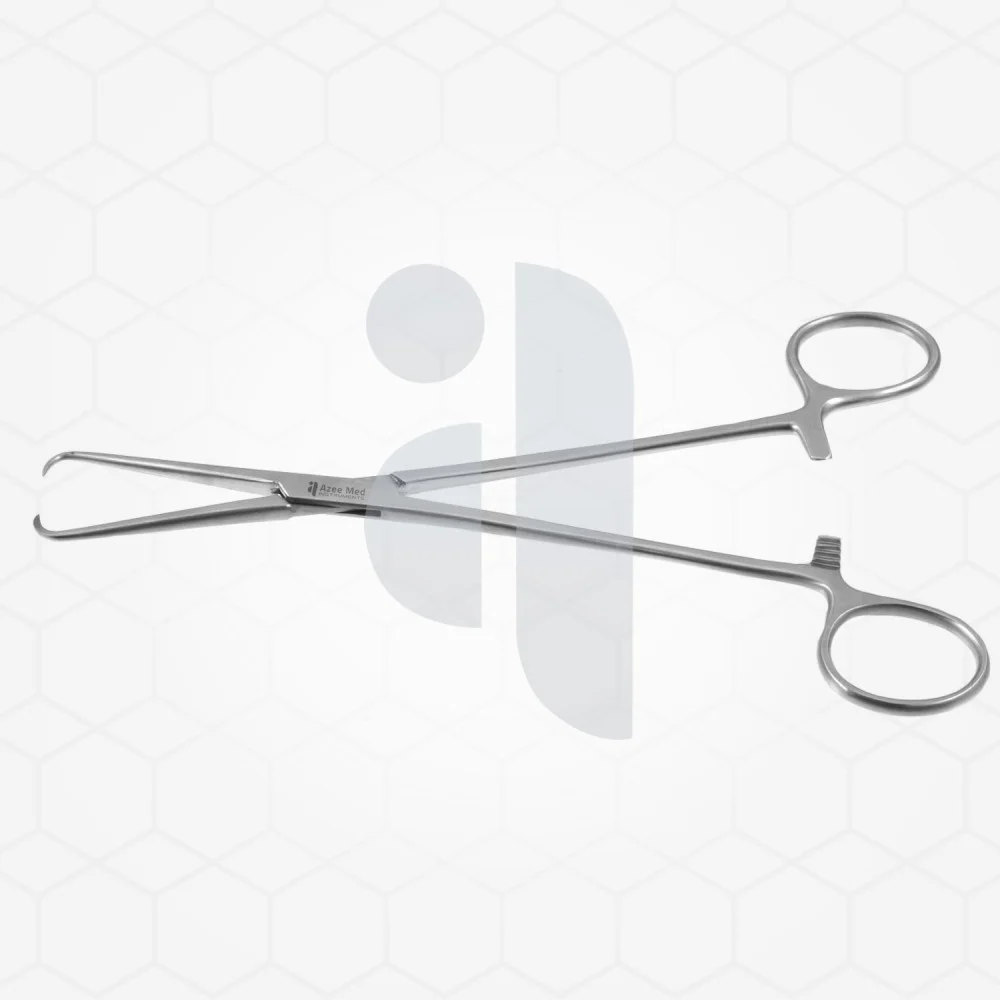Understanding Forceps Surgery: What You Need to Know
 AzeeMed
AzeeMedForceps surgery is a common medical procedure, often utilized in specific childbirth scenarios. While it might sound intimidating, this method is a well-practiced and safe way of assisting in the delivery of a baby when complications arise. If you want to understand forceps surgery delivery, how it works, and what to expect, this guide will provide a clear and detailed overview.

What Is Forceps Surgery?
Forceps surgery, commonly referred to as forceps-assisted delivery, is a technique used during vaginal childbirth. This method involves the use of a medical instrument called forceps, which resemble large tongs or spoons. The primary purpose of the forceps is to gently guide the baby’s head through the birth canal during delivery.
This procedure is conducted by an experienced healthcare provider in cases where labor isn’t progressing as expected, or when immediate delivery is necessary for the safety of both the mother and baby. It’s essential to note that this intervention is only performed under specific conditions, ensuring it remains both effective and safe.
Why Is Forceps Surgery Performed?
There are several reasons healthcare providers may recommend the use of forceps during delivery. Sometimes, labor may stall despite strong contractions, meaning that the baby doesn’t move further down the birth canal. This delay can put stress on both the mother and baby, making assistance necessary.
Additionally, if the baby’s heart rate drops or shows signs of distress, bonnie forceps can help in delivering the baby quicker to prevent further complications. Other cases may involve conditions like maternal fatigue, where the mother doesn't have enough energy to push effectively.
Regardless of the reason, forceps deliveries are carried out with care and precision, following strict guidelines to minimize risks and ensure a positive outcome.
How Is a Forceps Delivery Performed?
A forceps delivery typically takes place in a hospital setting, either in a delivery room or occasionally in an operating theater, depending on the situation. The procedure begins with the healthcare provider ensuring that the mother's cervix is fully dilated and that the baby is in the correct position for delivery.
Once it’s confirmed that the conditions are ideal, anesthesia may be administered to reduce discomfort for the mother. The forceps are then gently inserted into the birth canal and positioned around the baby’s head. With great care, the practitioner uses the forceps to guide the baby’s head while the mother pushes during contractions. This combined effort helps deliver the baby safely and efficiently.
Afterward, the artery mosquito forceps are removed, and the remainder of the delivery proceeds naturally. While the procedure is straightforward in skilled hands, every step prioritizes the well-being of both the mother and the baby.
Are There Risks to Forceps Surgery?
Like any medical intervention, forceps surgery has potential risks, but they are relatively rare when the procedure is carried out correctly. For the mother, risks may include minor tears or bruising in the vaginal area, which typically heal within a short period. Some women might experience a longer recovery if there are more significant tears, but even these are manageable with proper care.
For the baby, temporary marks or bruises on the head are possible due to the pressure of the forceps. However, these usually fade within days. Rarely, there might be more noticeable effects, such as minor injuries to the baby’s head or nerves, but these instances are infrequent when the procedure is done carefully by a trained professional. Before performing the procedure, healthcare providers always assess the risks thoroughly and discuss them with the parents.
What to Expect After a Forceps Delivery
Post-delivery, mothers who have undergone a forceps-assisted birth may feel some tenderness and require a little additional recovery time compared to an unassisted delivery. Pain relief will often be recommended, and if there are any tears or stitches, they will be carefully managed.
Babies born with the help of forceps are typically monitored for a short period to ensure they’re healthy and adjusting well. Most babies recover quickly and show no long-term effects from the procedure. Any concerns or questions should always be brought up with a healthcare provider.
Preparing for Childbirth and Understanding Your Options
It’s natural for expectant parents to feel a mix of excitement and anxiety about childbirth, especially when medical interventions like forceps delivery are mentioned. Education is key to feeling empowered and confident. Many prenatal classes cover assisted delivery options, and your healthcare provider is always available to explain procedures, answer questions, and address concerns.
Understanding that interventions like forceps delivery are available to ensure safety during unexpected situations can provide peace of mind. These methods are part of modern obstetric care, designed to adapt to challenges during childbirth effectively.
conclusion
Forceps surgery is a valuable tool in the medical world, offering a safe solution when complications arise during childbirth. While the idea may seem daunting at first, it’s a tried and trusted technique carried out by skilled professionals with the utmost care for the mother and baby. By understanding the process and what to expect, parents can feel reassured and well-prepared for any situation. Childbirth is a unique experience, and having options like forceps-assisted delivery ensures that safety and care remain the top priorities.
Subscribe to my newsletter
Read articles from AzeeMed directly inside your inbox. Subscribe to the newsletter, and don't miss out.
Written by

AzeeMed
AzeeMed
Azee Med® is more than a supplier of the highest quality instrumentation. We listen and engage with our clients to develop solutions that are innovative, efficient and economical.